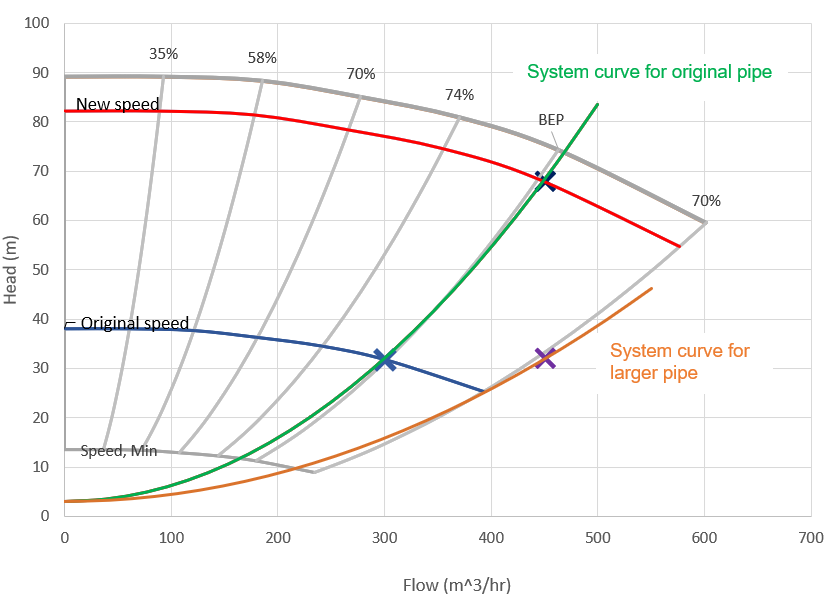News
Are shaft sleeves available that improve centrifugal pump reliability?
08/02/2018
Are shaft sleeves available that improve centrifugal pump reliability?
Shaft sleeves are one of the simplest and lowest cost parts in a pump. Their impacts on reliability, pollution control, water consumption and safety are often overlooked.
Most modern ‘clean liquid’ pumps now use mechanical seals. The advent of mechanical seals resulted in shaft sleeves no longer being subjected to abrasive wear from gland packing. Accordingly for many applications, shaft sleeve wear is no longer an important consideration. This is not the case however with slurry pumps; the majority of which still use gland packing that runs on shaft sleeves.
Gland packing developed from greased rope, which was used in the first centrifugal pumps, developed in the 17th Century. In order to seal the rotating shaft, the packing is compressed against it, and requires a constant drip to enable sufficient cooling.
The compression of the packing results in abrasion of the rotating shaft, hence the use of a sleeve to protect the shaft.
Clean liquid pumps which still use gland packing normally use one ring of packing between the lantern ring and the impeller and several rings between the lantern ring and atmosphere. The ring of packing between the impeller and lantern ring is simply to throttle the flush water so less is consumed, and often for clean liquids, no external flush is required at all.
This method is seldom recommended in severe slurry services because the slurry gets entrained under the first ring of packing creating a grinding paste that quickly wears conventional shaft sleeves.
In slurry pumps, a lantern restrictor is located between the gland packing and the impeller. It works as a lantern ring, but at the same time has clearances that restrict the flow into the pump. These clearances result in significantly more flush water being required, as there is no longer the interference fit between the ring of gland packing and the pump shaft.
By using a lantern restrictor, if the gland flush is always on, at a higher pressure than in the pump wet end and the flush water is clean, the packing never encounters slurry and the sleeve and packing life is usually acceptable. Because the sleeve remains in good condition, the leakage is acceptable.
With the amount of flush water consumed in slurry pumps, it is seldom practical to ensure clean treated water is used to flush the gland. Most operations will have a small percentage of solids in their flush water, which is enough to get caught up in gland packing. As soon as solids are trapped in the packing, abrasion of the sleeve occurs. The higher the pump pressure, the tighter the packing is compressed, and the higher the resulting abrasion.
Frequently sleeves last only a few days in these services, excessive water is consumed and significant leakage occurs. However, advances in shaft sleeve materials provide a solution to the problem.
‘Ceramic coated’ sleeves, using PTA welding or similar, have been used with some success for many years, but these still have many limitations.
New ‘solid tungsten carbide’ shaft sleeves are now available, in a grade selected specifically for shaft sleeves. This is not a coating, but a solid sleeve. Field results have seen sleeves that were lasting days last for more than a year. They can be used in the vast majority of corrosive services, and are not more expensive than ceramic coated sleeves.
The reduced flush water consumption, reduced pollution, increased reliability and ease of maintenance is being well received globally. They are quickly becoming the sleeve of the future.


